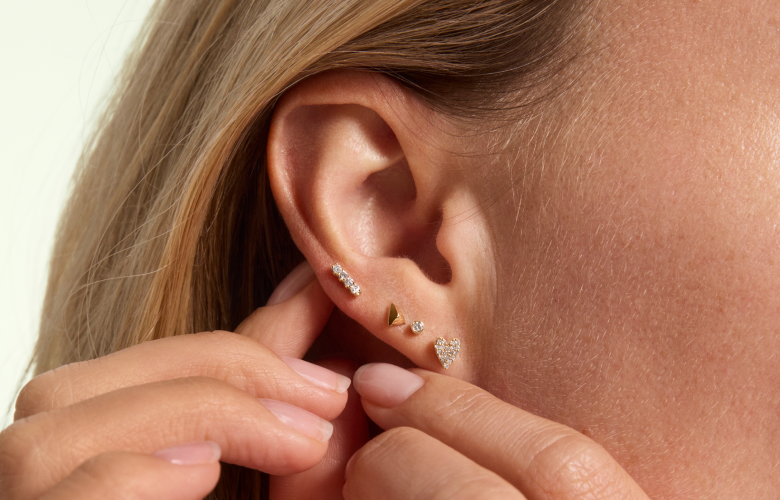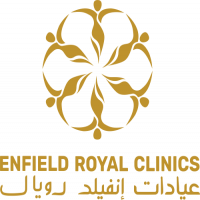Ear Piercing Pain Levels: What to Expect Before You Decide

Strong 8k brings an ultra-HD IPTV experience to your living room and your pocket.
Ear piercing has been a popular form of self-expression and cultural tradition for centuries. Whether you're considering your first piercing or adding to an existing collection, understanding what to expect in terms of pain levels can help you prepare for the experience. In this article, we’ll explore the Ear Piercing Dubai, discuss pain levels for different types of piercings, and provide insights into aftercare to ensure a smooth and comfortable healing journey.
The Ear Piercing Process: A Quick Overview
Getting your ears pierced is a straightforward process, but it’s essential to know what’s involved. Typically, it begins with a consultation where you discuss the type of piercing you want. The piercer will clean the area to minimize the risk of infection, mark the piercing spots for accuracy, and use a sterilized needle or piercing gun to create the holes. The entire procedure is quick, often lasting just a few minutes.
Understanding Pain Levels for Different Ear Piercings
Pain is a subjective experience, and everyone’s tolerance varies. However, the level of discomfort can depend on the specific part of the ear being pierced. Here’s a breakdown:
Lobe Piercings: These are the most common and least painful. The earlobe is soft and fleshy, which makes it easy to pierce and quick to heal. Most people describe the sensation as a brief pinch.
Helix Piercings: Located on the outer cartilage, helix piercings involve more resistance than the earlobe. The pain is slightly more intense, but still tolerable for most.
Tragus Piercings: This piercing is done on the small cartilage in front of the ear canal. The pain level is moderate as the cartilage is thicker, but the process is still quick.
Conch Piercings: These are placed in the inner cartilage of the ear. Due to the dense tissue, some individuals may find this piercing more uncomfortable.
Industrial Piercings: Involving two piercings connected by a barbell, this option can be more painful as it affects two cartilage points.
Daith Piercings: Done on the innermost cartilage fold, daith piercings can feel sharp during the procedure but tend to subside quickly.
Rook Piercings: These are placed in the thick cartilage between the outer and inner ear. Many describe the pain as a quick pinch followed by slight throbbing.
Factors That Influence Pain Perception
Several factors can affect how much pain you feel during a piercing:
Personal Pain Tolerance: Everyone experiences pain differently, so what’s tolerable for one person may be more intense for another.
Piercing Technique: Professional piercers use precise techniques and sterilized equipment to minimize discomfort.
State of Mind: Feeling relaxed and calm can make the experience less intimidating.
Pre-Piercing Preparation: Eating a meal and staying hydrated before your appointment can help reduce discomfort.
Tips for Minimizing Discomfort
Choose a reputable piercer with experience and positive reviews.
Follow any preparation instructions provided by the piercer, such as avoiding alcohol or caffeine beforehand.
Practice deep breathing techniques during the procedure to help manage anxiety and discomfort.
Use distraction techniques like listening to music or focusing on something in the room.
Aftercare for a Comfortable Healing Process
Proper aftercare is essential to reduce pain and prevent complications after your piercing. Here are some tips to follow:
Clean the area twice daily with a saline solution or as recommended by your piercer.
Avoid touching or twisting the jewelry unnecessarily.
Refrain from swimming or submerging the piercing in water during the initial healing phase.
Sleep on the opposite side of the piercing to avoid pressure.
Avoid using alcohol or hydrogen peroxide, as these can irritate the skin.
Healing times vary depending on the type of piercing. Earlobe piercings typically heal within 6 to 8 weeks, while cartilage piercings can take several months to a year. Consistent aftercare is key to minimizing discomfort and ensuring proper healing.
Benefits of Ear Piercings
In addition to their aesthetic appeal, Ear Piercing in Dubai can have cultural, symbolic, or personal significance. Some people even believe certain piercings, such as the daith, may help alleviate migraines or other conditions. While scientific evidence is limited in this regard, the personal meaning and style statement of a piercing often outweigh any initial discomfort.
Conclusion
Ear piercing is an exciting way to express your personality and style, but understanding the pain levels and aftercare requirements is crucial before making a decision. While some discomfort is unavoidable, the experience is usually quick and manageable. By choosing a skilled professional, preparing mentally and physically, and committing to proper aftercare, you can enjoy the process and look forward to showing off your new adornments.
Note: IndiBlogHub features both user-submitted and editorial content. We do not verify third-party contributions. Read our Disclaimer and Privacy Policyfor details.


